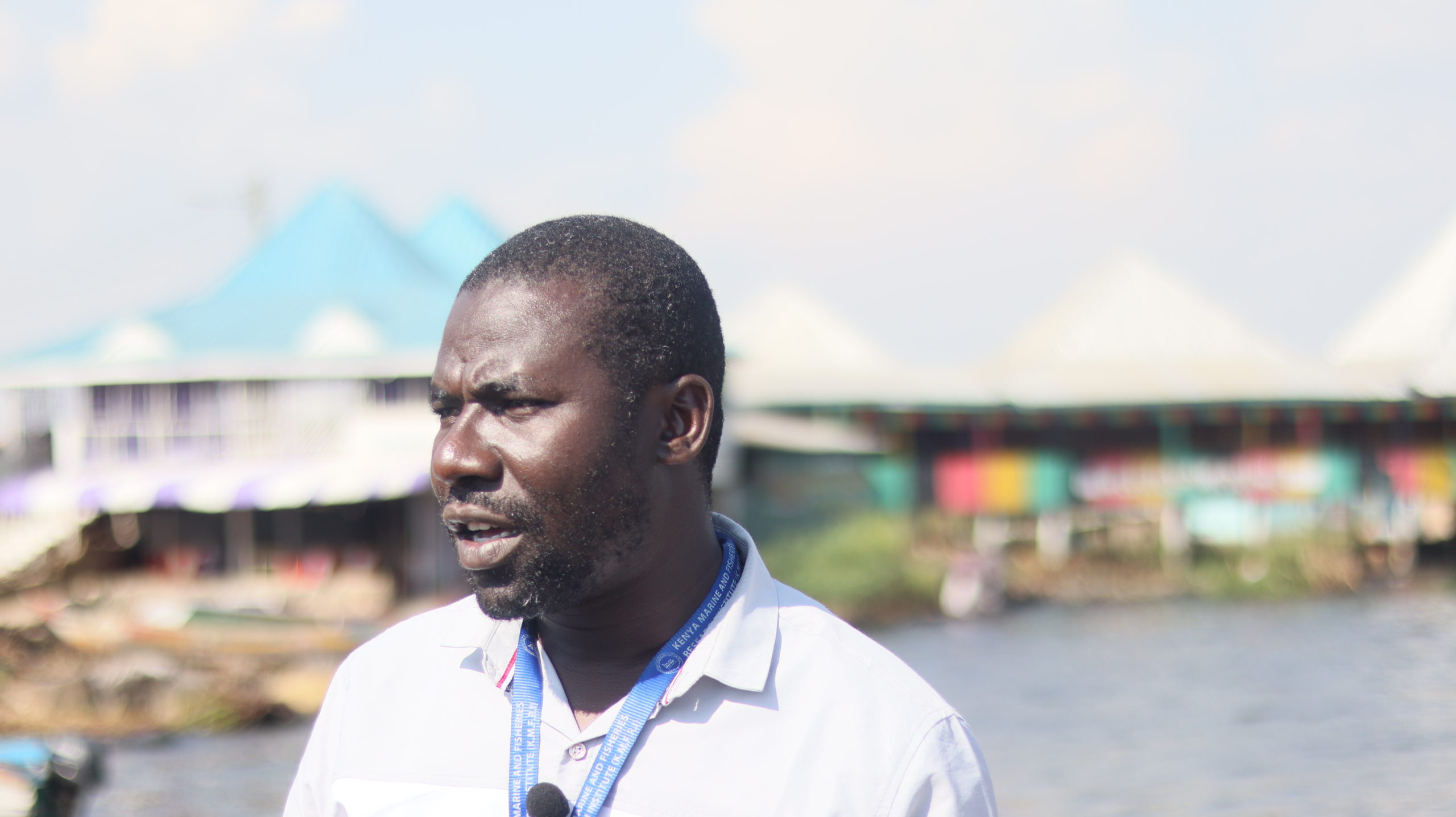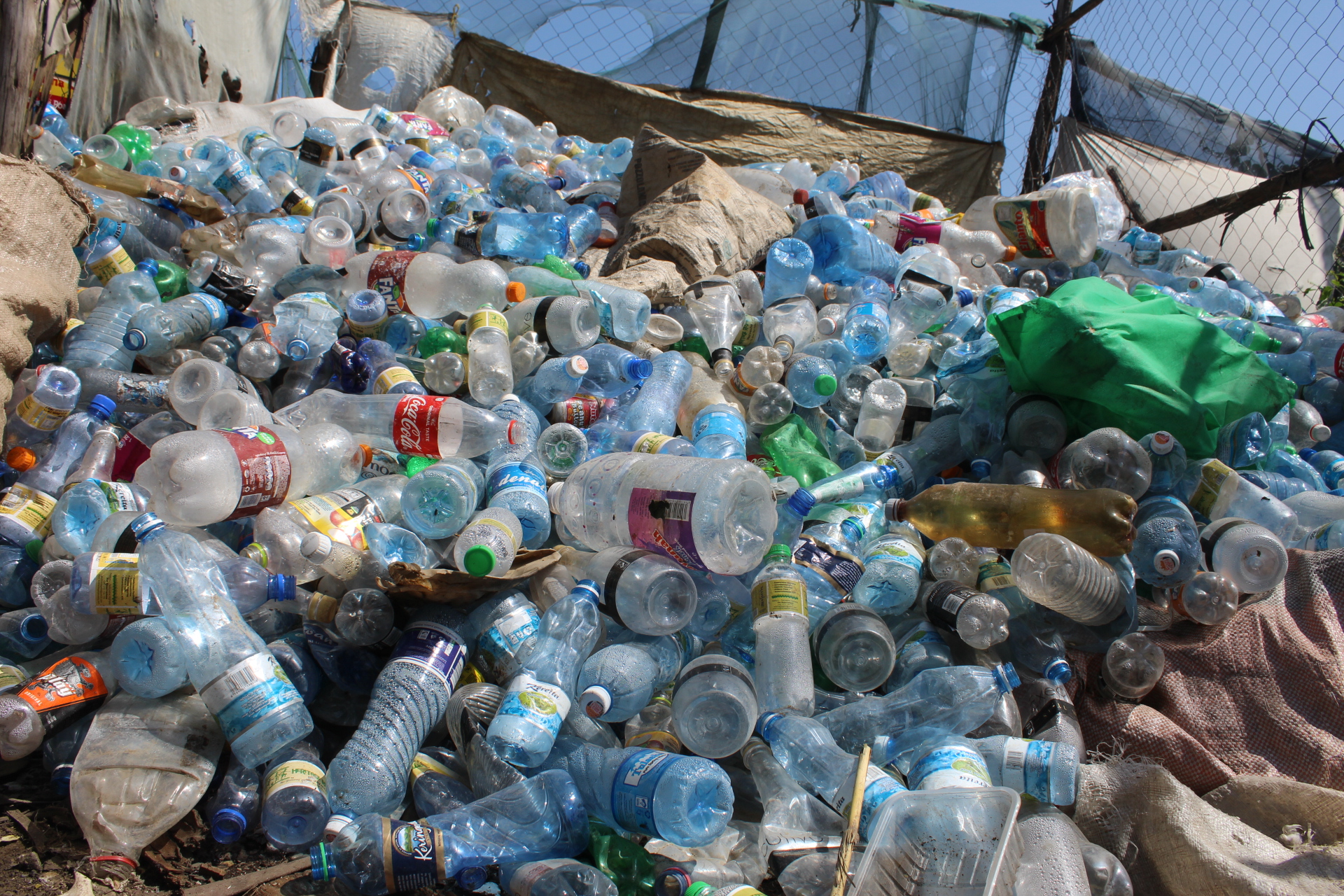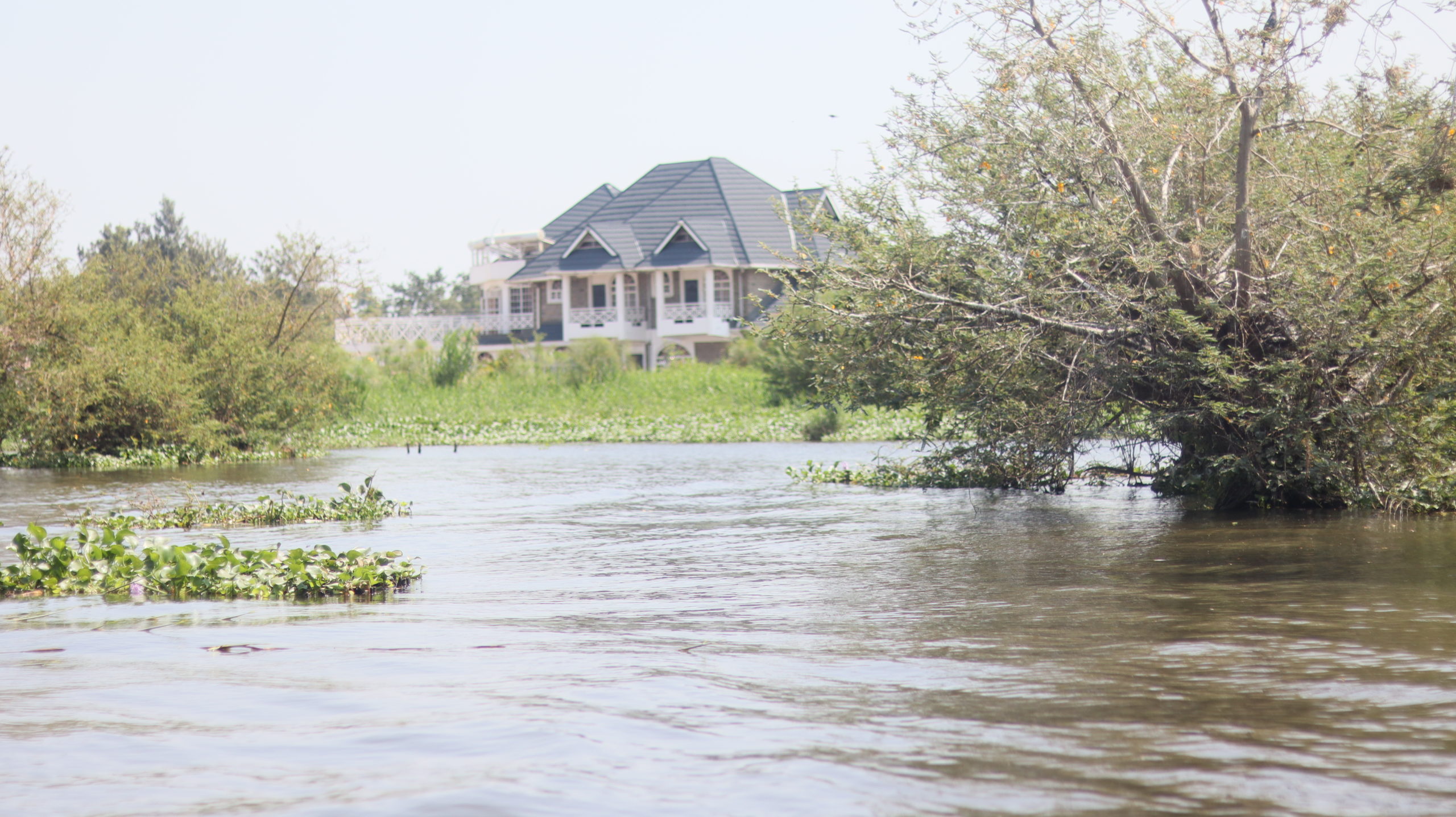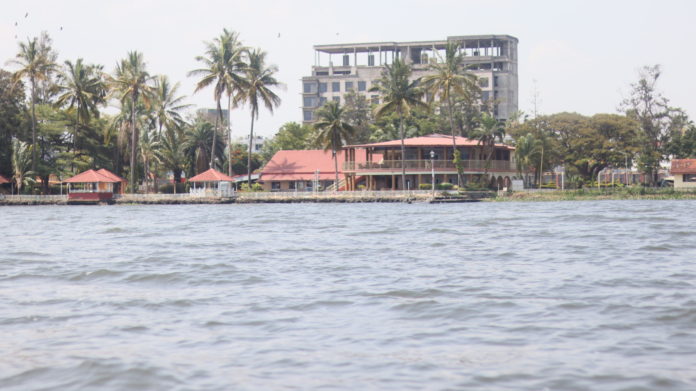By Omboki Minayo
Kisumu County, Kenya: The current plastic pollution being witnessed in Lake Victoria could derail the fishing industry, experts have warned.
Data from the Kenya Marine Fisheries Research Institute (KMFRI) indicates that current fish production from cages in Lake Victoria, Kenya is estimated at 3,180 tonnes per year valued at Kes 955.4 Million or 9.6 million USD.
According to Dr. Kevin Obiero of KMFRI, the country is currently unable to meet its fish demand due to low production levels.
“Kenya’s annual fish demand is 500,000 metric tons but the low fish production has forced the country to import fish from China to bridge the 350,000 metric tons deficit, which is a worrying trend considering the great potential the country has of owning the largest freshwater lake in Africa,” he told KBC in an April 10, 2022 interview.
However, Dr. Obiero noted that there are over 6,000 cages installed in the Lake with an estimated 10,000 metric tons of fish.
Experts are concerned about the prospect of plastic pollution interfering with and eventually diminishing the fish supply in the lake.
According to Mr. Patrick Otuo, a socioeconomic scientist at the KMFRI, the lake is drowning in a slowly rising tide of plastic waste.

With a coastline that stretches more than 3,220 km or 2,000 miles, the lake is one of the dietary and economic pillars of the three countries of Kenya, Uganda, and Tanzania.
Lake Victoria is a major part of life in Kisumu City, which has an estimated population of 379,000 people according to estimates by populationstat.com
Lake Victoria covers a total of 69,484 square km or 26,828 square miles. It is Africa’s largest lake and the second largest in the world. The world’s largest freshwater lake is Lake Superior in North America.
The lake is home to more than 200 species of fish including tilapia and Nile perch.
While Uganda has 45 percent made up of 31,000 square kilometers or 12,000 square miles and Tanzania has 49 percent consisting of 33,700 square kilometers or 13,000 square miles, Kenya only has 6% of the total lake area consisting of 4,100 square kilometers or 1,600 square miles.
The scientist is categorical that self-serving and egotistical actions on a large scale have often resulted in the loss of biodiversity in the region.
“People have refused to think rationally about the way they use plastics. Unfortunately, this is a common characteristic of human beings, that are essentially a robber species that exploit other forms of life for its survival,” says Mr. Otuo.
Left uncollected, plastic waste will slowly build up and liberally dot the busy Kisumu shoreline at Dunga Beach.
While some use the water to wash cars and motorbikes, others will dump plastic waste including cans, straws, and packaging material.
Amidst the chatter and shouts of the fisherfolk jostling for business at the water’s edge, it is easy to spot the occasional distinct clear, green and blue plastic bottles idly bobbing and dipping in rhythm with the waves gently rocking against the shore.

According to KMFRI researcher Naftaly Mwirigi, plastic waste can pose an existential threat to the area’s biodiversity.
“While organic waste can dissolve in the water, plastic does not, and its lifespan of at least 500 years means that existing plastic pollution will continue to be a headache for the community and marine regulatory authorities,” says Mr. Mwirigi.
Even the Dunga Boardwalk, which is a tourist site with breathtaking views of the massive expanse of the lake’s water, struggles with the discomfiting presence of empty plastic bottles floating like miniature submarines under the impressive but rapidly aging wooden walkway.
“We have cautioned visitors to the site not to litter by throwing plastic bottles, cans, straws, and related waste into the wetland,” says Mr. Victor Didi, who serves as the Dunga Ecotourism and Conservation Team (DECTA).
The community-based organization which is focused on the conservation of the lake and the surrounding wetlands have imposed fines for visitors caught littering the area.
Mr. Didi says the fines have given much-needed impetus to the efforts so far made to conserve the pristine area that is home to several species of birds, fish, and monkeys as well as other forms of terrestrial and aquatic life.
“DECCTA has imposed a fine of KSh 500 for offenders, but is also committed to creating awareness in the community on the importance of conserving the lake and the adjacent wetland,” he told Sayansi in Kisumu on July 12, 2022.
The Dunga Boardwalk management team has also worked with other partners to launch a regular lake cleanup program.
Every first Monday of the month, members of the cleanup team including scientists from Kenya Marine and Fisheries Institute (KMFRI), and staffers from NEMA, scout and scour the lake’s waters for plastic waste.
“During our last cleanup exercise, we collected around 140 kilos of plastic waste from the lake,” says Mr. Mwirigi.

Research into sustainable ways of handling plastic waste is ongoing. So far, the results look promising.
In March 2016, scientists in Osaka, Japan discovered Ideonella sakaiensis, a strain of bacteria that eats PET, the plastic from which bottles are made.
Findings from the resulting research are still in the initial stages and the organism could take years before being effectively deployed on a large scale to combat the plastic menace.
Mr. Otuo reveals that the plastic dumped in the lake has zero benefits to the water body or its aquatic ecosystem.
“Plastic adds zero value to the lake. It is our responsibility to ensure that we eliminate it from the area as it contaminates the food chain with micro-plastics and endangers most other life forms,” says the scientist.
So far, Mr. Didi notes that the community’s response to the cleanup measures has been positive.
“Our people have understood that more plastic waste means less hope for the future survival of the lake and we hope to see reduced levels of pollution going forward,” says Mr. Didi.
Benedict Adero is the chair of the Kisumu Environmental Champions (KEC), a climate justice advocacy and environmental conservation collective based in the county.
KEC has started the Let Lake Victoria Breathe Again campaign that has since gone viral on Facebook and Twitter.
“We are asking visitors, business people, and the communities around the lake to do their best to spare the lake from plastic pollution,” says Mr. Adero.
He and other KEC members also have held sensitization drives for the community in various parts of Kisumu County.
“We want the people to be part of the conservation effort because they hold the key to the lake’s survival,” Mr. Adero tells Talk Africa magazine.














